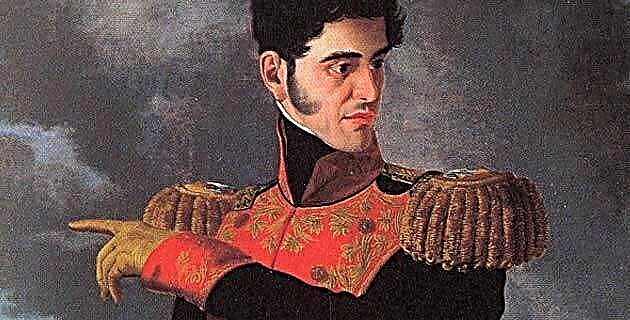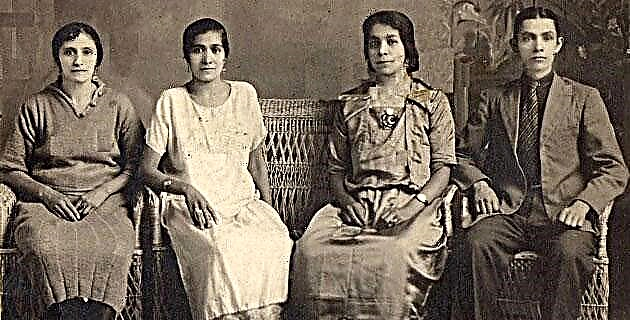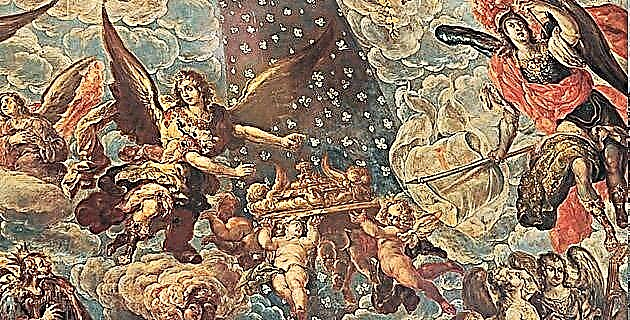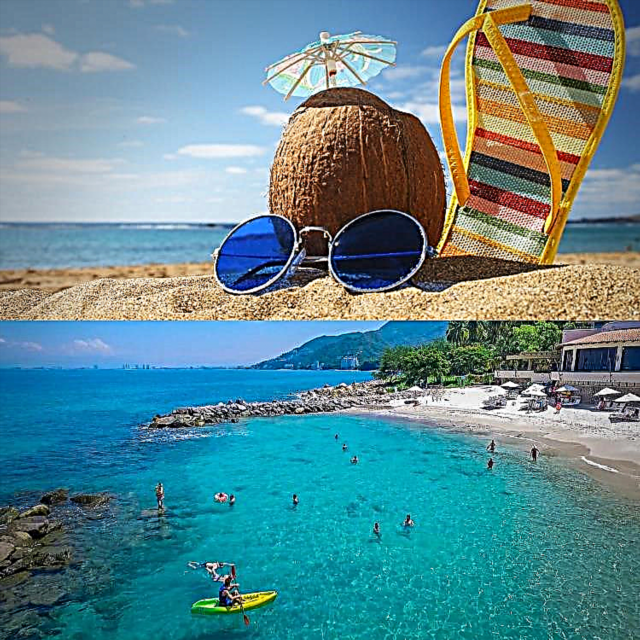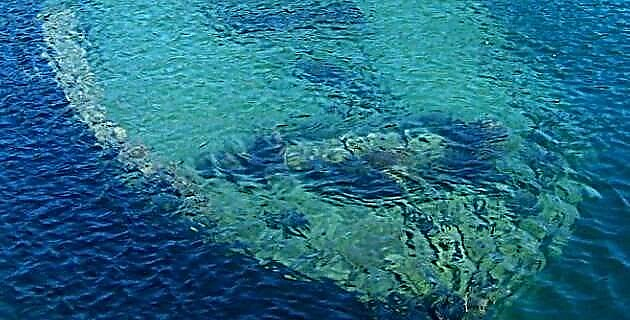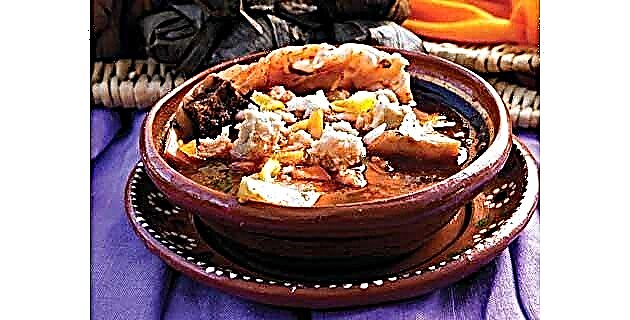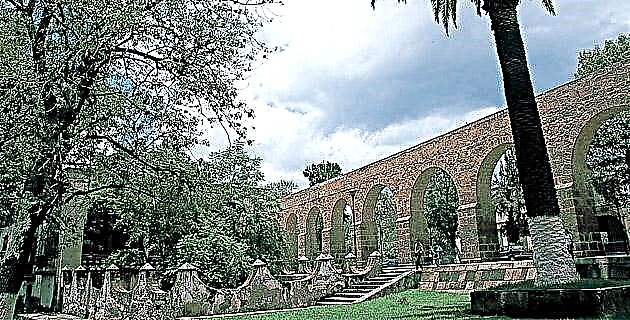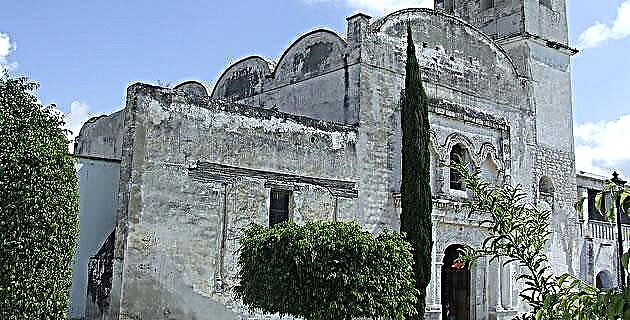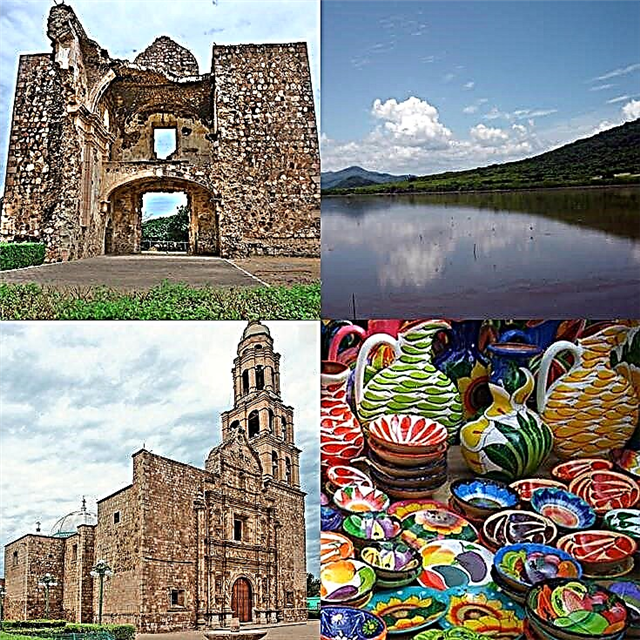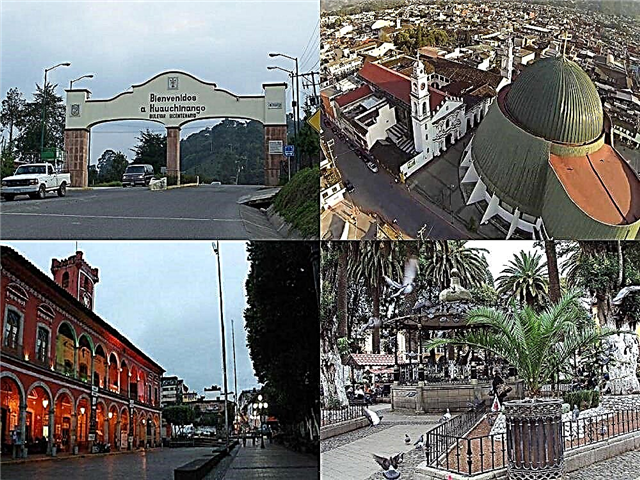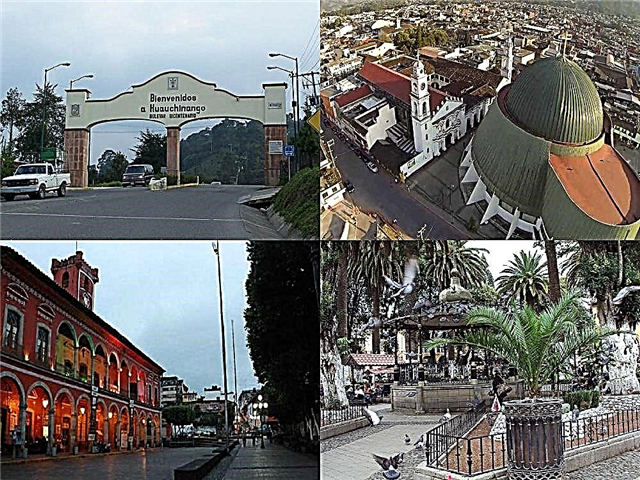
Near Puebla and Mexico City, the Magic Town de Huauchinango welcomes visitors with open arms, offering them its excellent climate, its natural and cultural beauties, and its floral fair. Get to know Huauchinango in depth with this complete guide.
1. Where is Huauchinango?
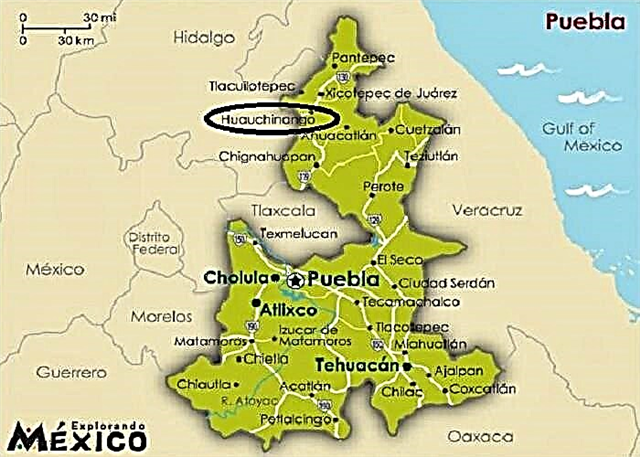
Huauchinango is the head city of the Puebla municipality of the same name, located in the north of the state in the middle of the Sierra de Puebla. It limits with the Puebla municipalities of Naupan, Juan Galindo, Tlaola, Chiconcuautla, Zacatlán and Ahuacatlán, also having a short western border with the state of Hidalgo. The city of Puebla is 154 km away. from Huauchinango by Federal Highway 119D. Mexico City is 173 km away. from Pueblo Mágico by 132D.
2. How did the town arise?
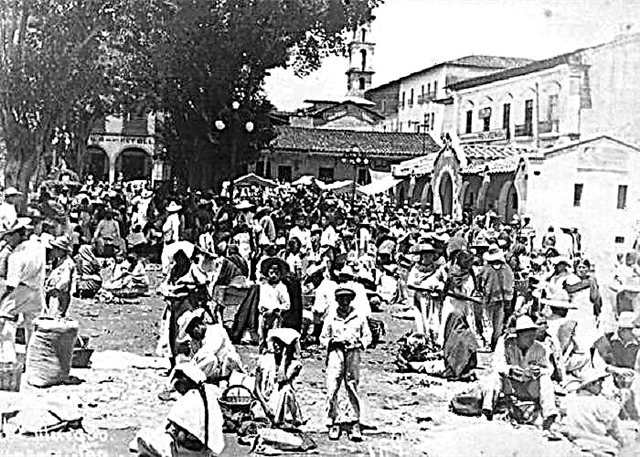
"Huauchinango" is a Nahua voice that means "Place Surrounded by Trees" The territory was populated in the 12th century by Chichimecas, who yielded in the middle of the 15th century to the Mexica. Huauchinango was conquered in 1527 by Alonso de Villanueva, forming 4 neighborhoods that still exist: San Francisco, Santiago, Santa Catarina and San Juan. The first was a neighborhood of Indians, the second was that of the Spanish and the other two were for the mestizos. The convent of San Agustín was erected in 1543 and the town received a great architectural boost from 1766 with the construction of the Santo Entierro temple. In 1861 the town received the title of city. In 2015, Huauchinango obtained the name of Pueblo Mágico.
3. What type of climate does Huauchinango have?
Its location at 1,538 meters above sea level in the Sierra Norte de Puebla gives Huauchinango a mild and temperate climate. The annual average temperature is 16.5 ° C and seasonal variations are very moderate, since in the coldest month, January, the thermometer shows 12.4 ° C; while in the warmest month, May, the average is 19.7 ° C. The rainy season in Huauchinango runs from June to October, a period in which more than 80% of the 2,127 mm of rain that falls in the year falls.
4. What are the most distinguished attractions in Huauchinango?
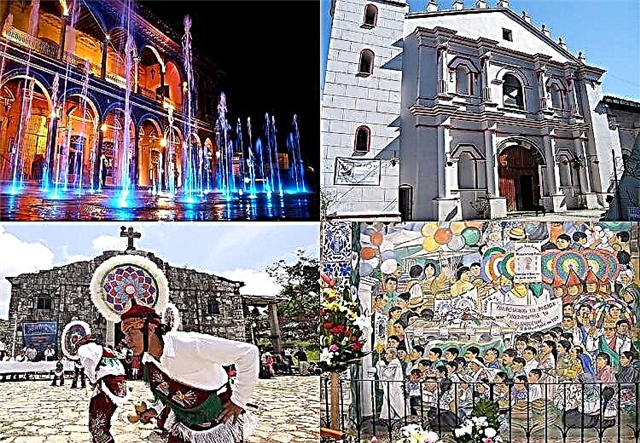
In the architectural landscape of Huauchinango the Municipal Palace stands out,
the Sanctuary of the Lord of the Holy Burial, with its venerated image of Christ in whose honor the Flower Fair is held; the Parish of the Assumption, the Reforma Garden and the Carlos I. Betancourt Cultural Esplanade. The pantheons with beautiful mausoleums are places of interest for tourists who love architectural beauty; in Huauchinango, the tomb of General Rafael Cravioto is a splendid artistic attraction. Near Huauchinango, the Tenango community lives on flowers, in front of a beautiful dam.
5. What is the interest of the Municipal Palace?
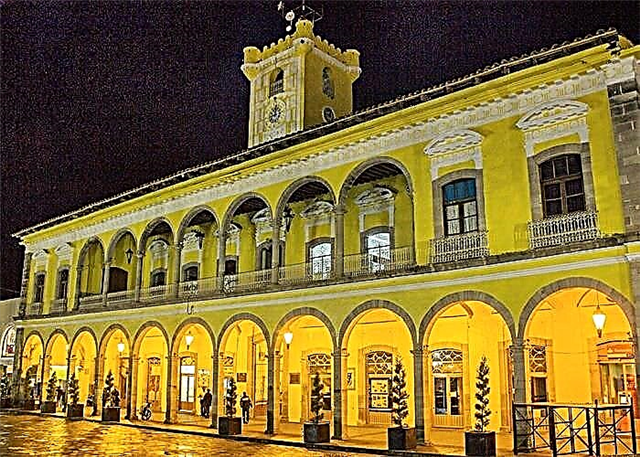
This beautiful building with two floors and a tower was erected in 1835, receiving the name of National House, the second level being an addition from 1857. It has a double arched facade, with 11 semicircular arches on pillars and Doric columns in the low level. On the upper floor there is a long balcony with 7 semicircular arches and the building is crowned with a tower with clocks on its four faces. The tower was inaugurated in 1990 and the clock was a gift from the heirs of General Rafael Cravioto, a member of a Genoese family living in Huauchinango, who distinguished himself in the wars against the Americans and the French and in the War of the Reform.
6. What can I see in the Sanctuary of the Lord of the Holy Burial?
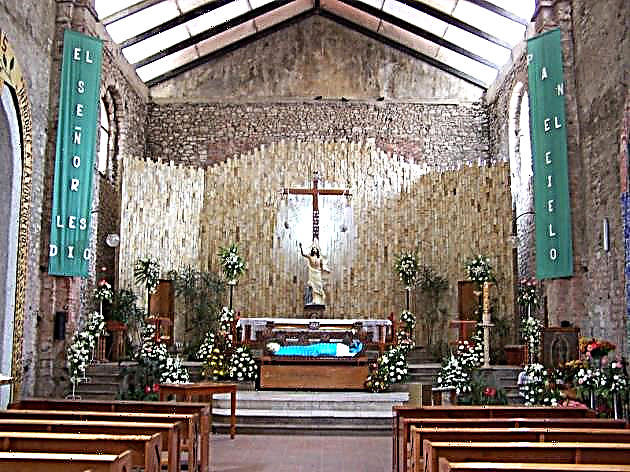
The Sanctuary of the Lord Jesus in his Holy Burial is the temple in which the patron saint of Huauchinango is venerated. It was the church of an Augustinian convent erected in the mid-sixteenth century to the Virgin of the Assumption and has a neoclassical façade and a bell tower. Inside is a fresco painting titled Mural of Faith, a work done in 1989 by the local painter Raúl Domínguez Lechuga. The mural is allusive to the evangelization process in Huauchinango, the history of the temple and the legend surrounding the appearance of the image of the Lord of the Holy Burial.
7. What is the legend about the image of the Lord of the Holy Burial?
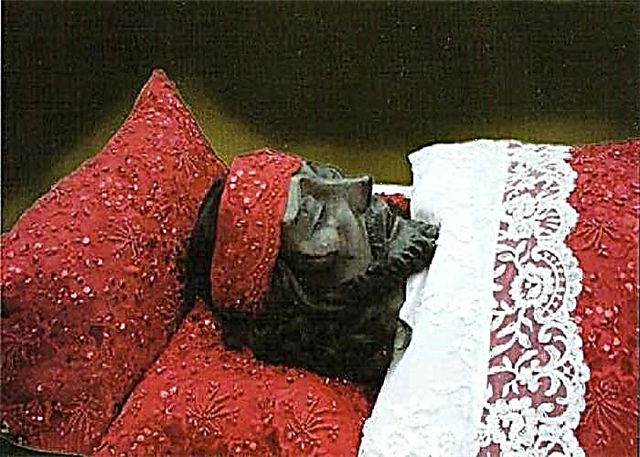
Legend has it that a stranger once arrived in front of the town convent, driving a mule that carried a large box on its back. The inhabitants of the convent were awakened by a knock in the middle of the rainy, cold and windy night, and the man asked for shelter. The next day the box was found in the place where it had been placed the night before, but the man and the mule had disappeared. After waiting a prudent time without the man returning, they decided to open the box and found inside it a Christ in a reclining position of life size, which is now the most venerated image in Huauchinango and its surroundings. The Lord of the Holy Burial is honored with the Flower Fair, the most important festival in town.
8. When is the Flower Fair held?
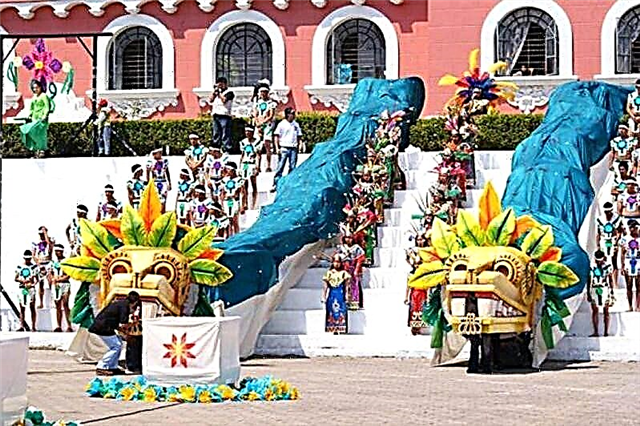
The fair dedicated to the Lord of the Holy Burial begins on the first Sunday of Lent, extending for more than a week. It is one of the liveliest festivities in all of Puebla and Huauchinango brims with parishioners and tourists from all over. There are dance performances, Papantla flyers, charrería shows, cock fights, artisan and gastronomic fair, and sale of flowers and plants. There is also an exhibition of precious floral carpets in honor of the patron saint. The tradition of the fair began in 1938 and every year it attracts more people.
9. What is the Parish of the Assumption like?
This temple of modernist architecture consecrated in 1947, has the third largest dome in Latin America. The work of the architect Carlos Lazo Barreiro has a circular plan and the majestic dome structure has a height of 15.22 m., A diameter of 27.16 m. and a perimeter of 85.32 m., and is supported by 4 main pillars. The façade of the church is neoclassical and the plant has a single nave. Inside, the image of Our Lady of the Assumption and an allegorical mural of the flora and fauna of the region stand out.
10. What stands out in the Reforma Garden?
Huauchinango's central plaza was built in the 1870s and remains one of the main meeting places in the city. It is surrounded by portals and in its center it has a fountain and a kiosk installed at the time of the Reformation. The garden is shaded by lush trees in whose shade are the busts of various characters from regional and national history. It had a lighting system made up of 4 lampposts installed in 1877. In the middle of the national holidays in 1899, the square was baptized with its official name of Jardín Reforma.
11. What shows are presented at the Carlos I. Betancourt Cultural Esplanade?
This wide cultural area is located in front of the Carlos I School Center. The distinguished school was built in the late 1940s, when the engineer Carlos Ismael Betancourt was state governor. The esplanade is the scene of the most massive shows and civic events in Huauchinango and is the coronation place of the queen of the Flower Fair. Separated by several dozen meters, 4 flying sticks are installed on the esplanade for the exhibition of the Flying Eagle Brothers, this being the only place in the country where the 4 flights are executed simultaneously.
12. Why is the Mausoleum of General Rafael Cravioto of tourist interest?
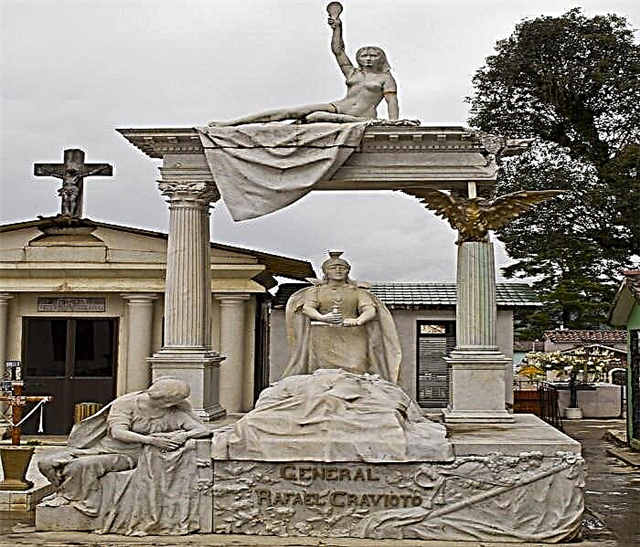
During the 1820s, the merchant Simone Cravioto came to Huauchinango from Genoa, Italy. In the town of Puebla he formed a family together with the Mexican Luz Moreno and in 1829 his son Rafael was born, who would achieve the status of hero in the Battle of Puebla against the Second French Empire, on May 5, 1862. After participating in the wars against United States, France and in the Reformation, Rafael Cravioto died in 1903 and his mausoleum in the Huauchinango pantheon is a true work of art sculpted in Carrara marble by the Italian artist Adolfo Ponzanelli, author of the Palace of Fine Arts in Ciudad de Mexico.
13. What is the attraction of Tenango?
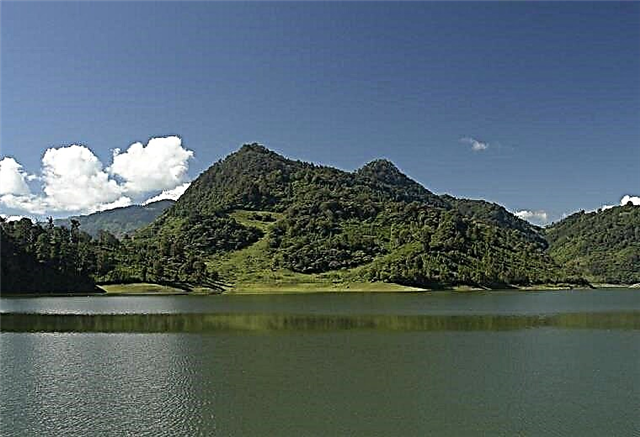
Tenango is a community in the Huauchinango municipality founded in 1859. In the Nahua language "Tenango" means "Mother of the Waters" and thanks to the abundance of the vital liquid and its climate, the community is one of the main flower producers in the state, and its azaleas, gardenias, hydrangeas and violets are famous for their freshness and beauty. In Tenango there is a dam that is part of the protected natural area «Cuenca Hidrográfica del Río Necaxa». The beautiful body of water is frequented by locals and tourists for aquatic entertainment activities.
14. What are the typical crafts and foods?
Huauchinango artisans are consummate operators of the traditional backstrap looms, making colorful textile pieces with floral motifs, animals, religious images and other figures. One of the favorite dishes in the Magic Town is the enchiltepinado chicken, whose main ingredient is the chiltepin chili. Other frequent dishes on tables in homes and restaurants are smoked chicken, chicken in mushroom sauce and the traditional poblano mole. The most popular sweets are pine nut ham, preserves and fruit jellies. Blackberry and capulín wines are common drinks.
15. Where can I stay in Huauchinango?
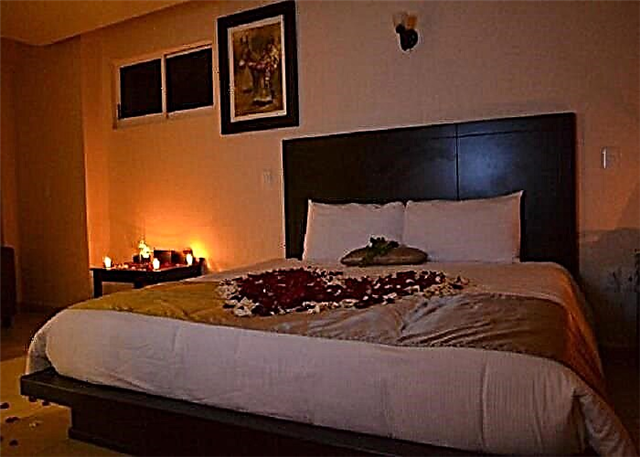
Hotel Casa Real, on Calle Cuauhtemoc 7, is a lodging with an excellent restaurant, highlighting the mountain breakfast. The Yekkan Hotel has colorful rooms and a very friendly treatment. The Forest Hotel is a simple lodging with beautiful views of the mountains and the dam. 13 km. from Huauchinango is the Hotel Casablanca Xicotepec, with new facilities and a nice pool. Cabañas El Refugio is 25 km away. of the Magical Town; the establishment has beautiful rustic cabins and a healthy and tasty food. Other nearby accommodation options to get to know Huauchinango are Hotel Posada Don Ramón (30 km.) And Hotel Mediterráneo (35 km.).
16. What are the best restaurants?
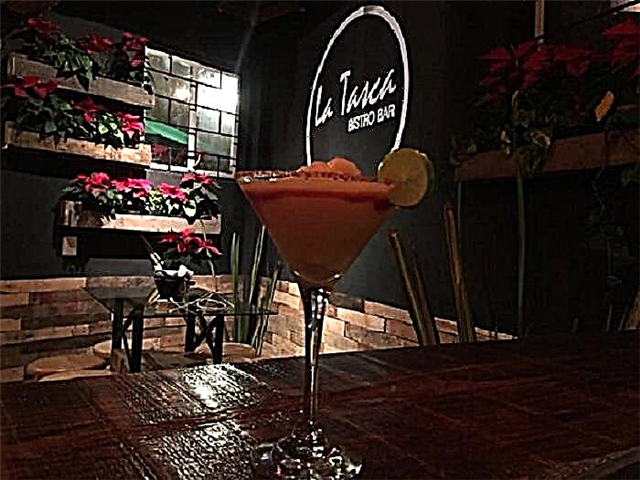
The Lake Restaurant is located in front of the dam, with magnificent views of the body of water and the mountain landscapes. It serves a delicious enchiltepinado chicken, fresh fish and other dishes. El Tendajón is a bistro-style place a few blocks from downtown. It offers breakfasts and regular meals at very reasonable prices and its corn soup and its pork in sauce with chilacayotes are highly praised. Mi Antigua Casa has an international food menu with recipes with a touch of originality and good taste. La Tasca Bar and Restaurant offers Spanish and Italian food, and is an excellent place to have a drink and nibble on a few snacks.
Did you like our Huauchinango tourist guide? Do you think something is missing? Write to us and we will gladly assist your observation. See you soon for another wonderful tour.

